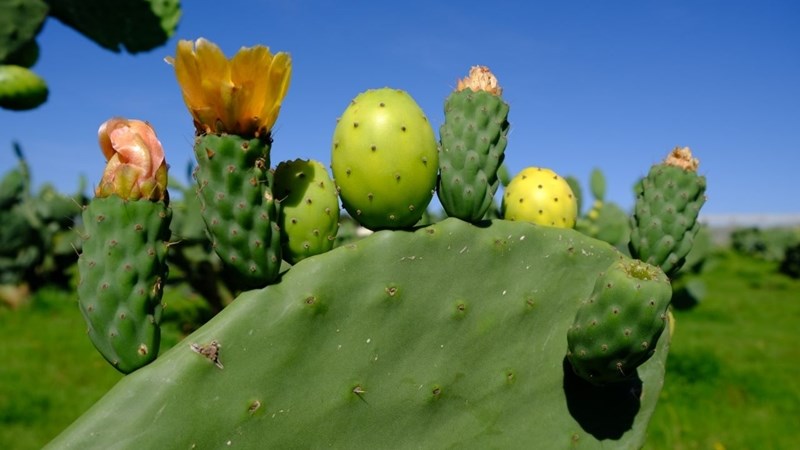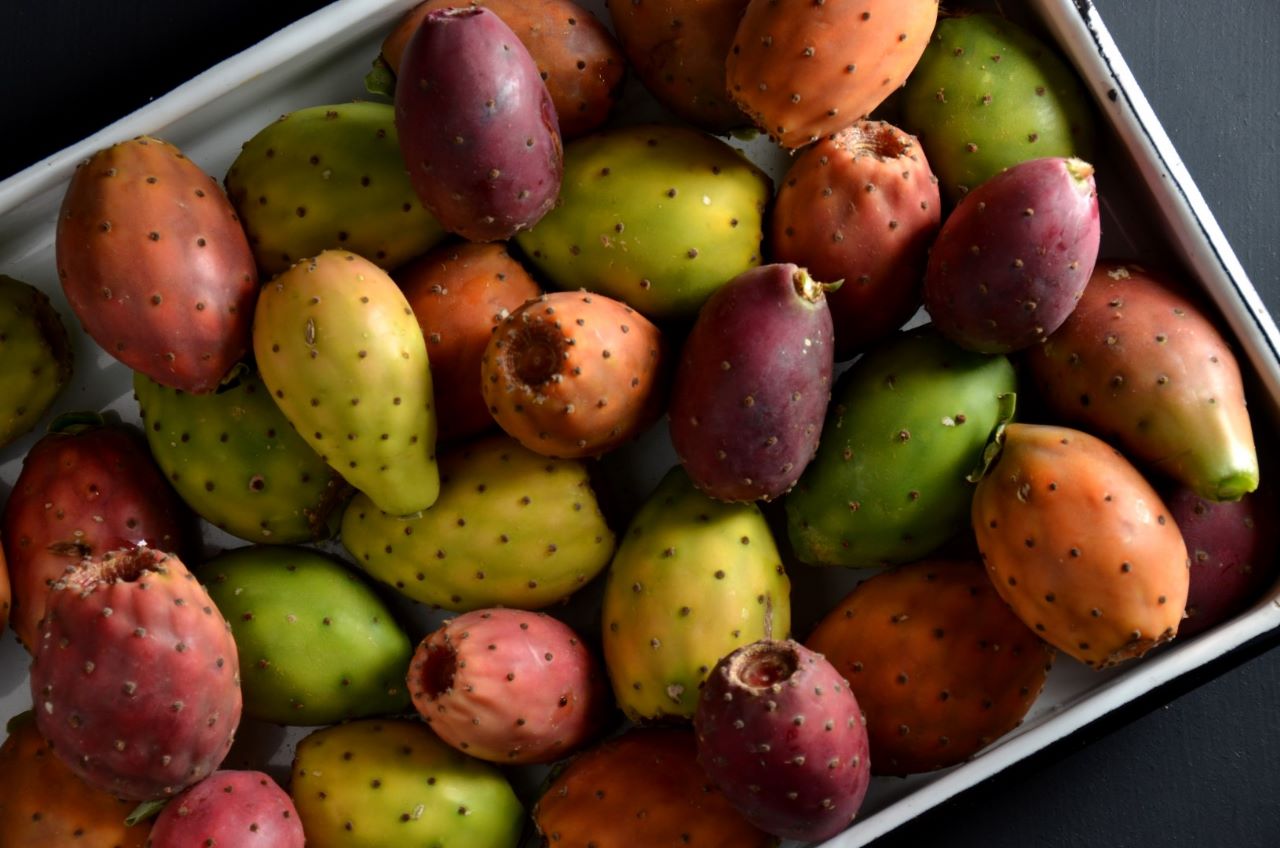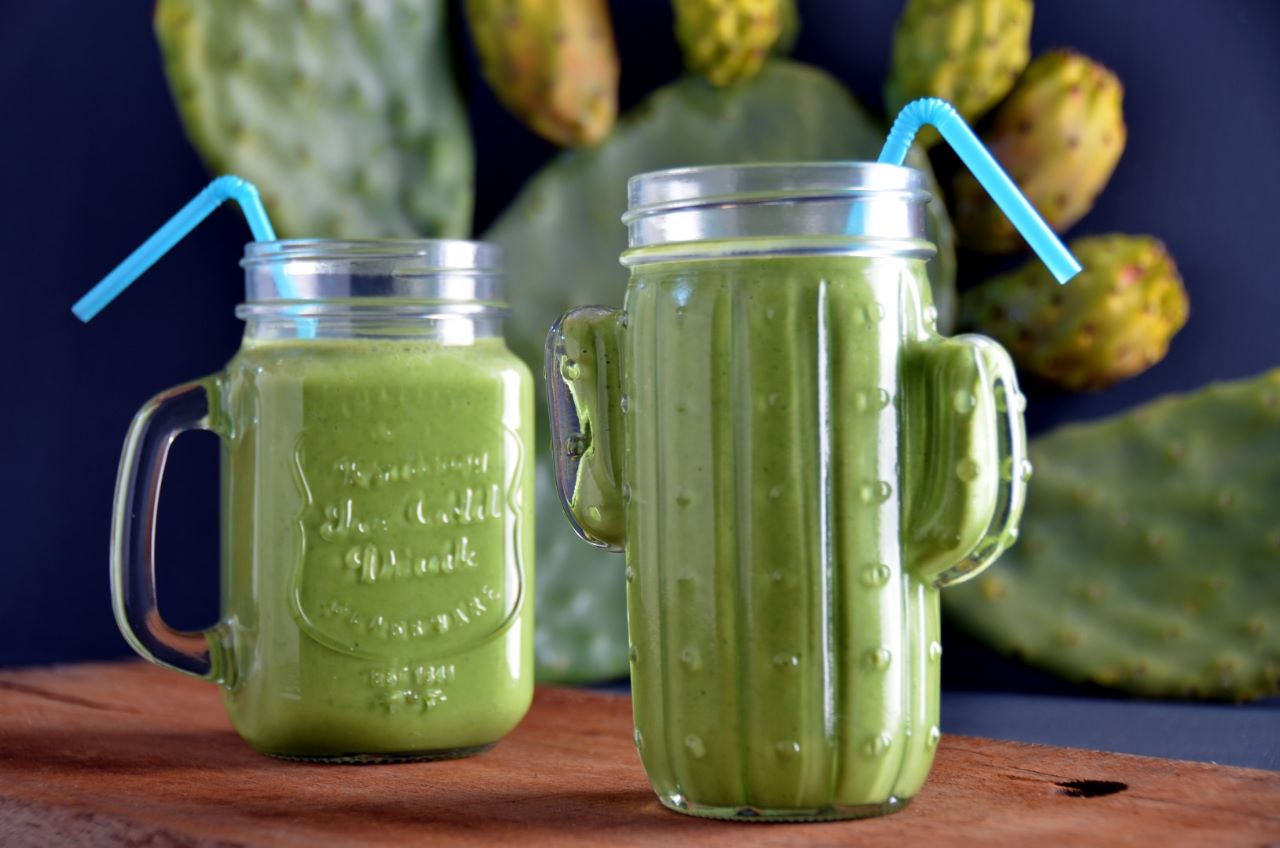Central SA
Drought, climate change spark interest in cactus farming─── BAMBATHA GIKO 16:02 Fri, 09 Dec 2022

Farmers might see a renewed interest in cactus pear farming in South Africa due to drought and climate change.
The drought-resistant plant might prove to be indispensable to farmers as it has many uses, ranging from biogas production to uses in the cosmetics industry to being a source of nutrition for both humans and animals.

A PhD student on the biogas and fodder potential of spineless cactus in Africa from the University of the Free State, Axel Tarrisse, says there are two ways of managing the plant.
The cactus pear fruit has two basic outputs: fresh fruit and the oil in the seeds, which can be extracted from the fruit as they are said to have good cosmetic properties.
Tarrisse explains that if planted at a higher density, the crop can be grown for its cladodes (the "pads" of the cactus) or biomass. The multifunctional crop is said to have huge potential for ensuring drought security and has a high biomass yield in semi-arid areas.
This is because the plant needs few inputs and uses water efficiently. As a result of this, it can provide good fodder for livestock production and represent 40%-45% of the livestock diet.

Despite its potential as fodder due to its palatability for animals, the plant can’t be solely used to replace animal nutrition, even though it is rich in water and energy. However, it can be complemented by fodder that is fiber- and protein-rich for a balanced diet.
"It’s one of the most adaptive fodder crops," Tarrisse says. "If it’s well managed, it can be harvested for the next 15 to 20 years, and what that means is that it should be treated as a normal crop."
Tarrisse adds that the crop performs better when grown in sandy soil; the Highveld would be an ideal location for cultivation with rainfall of 600-800mm per year. It can also be grown in the Northern Cape, where rainfall averages as low as 150-200mm per year.
Professor Maryna de Wit from the UFS' Department of Sustainable Food Systems, says the cactus pear - not to be mistaken with the spine-ridden wild variety, the prickly pear - can be used as both nutrition and a nutraceutical for humans.

De Wit says the nutritional aspect of the fruit compares with other well-known fruits. This is due to the fact that it’s very high in potent antioxidants and vitamin C. The fruit and cladodes have many functional uses, such as a water binding agent and a fat-replacement food colourant.
The UFS is currently looking into using the slime of the cladodes for edible packaging.
"I think we are just scratching the surface of what you can actually use this plant for," notes De Wit.
Recently, the UFS did a study on the potential of spineless cactus as an energy crop for biogas production. Due to its high fermentation speed, the cactus plant has great potential as an alternative, natural fuel source.
In the study done by Tarrisse, it shows that in an area with a rainfall of 400mm, the plant can produce up to 6000 – 12 000 litres of diesel fuel-equivalent energy in the form of methane per hectare per year, which is said to have a higher energy yield than the best-performing energy crop in the world.
Tarrisse says the plant can be produced very cheaply in comparison with other crops. If properly managed, it has a high potential to create value on land that is not suitable for other types of crops.
"People should see this as a reliable source of fodder production in drought years. It will help secure fodder production in this country in the long term."














